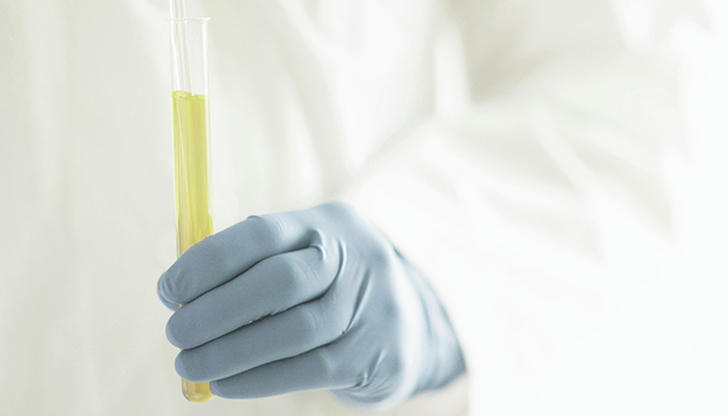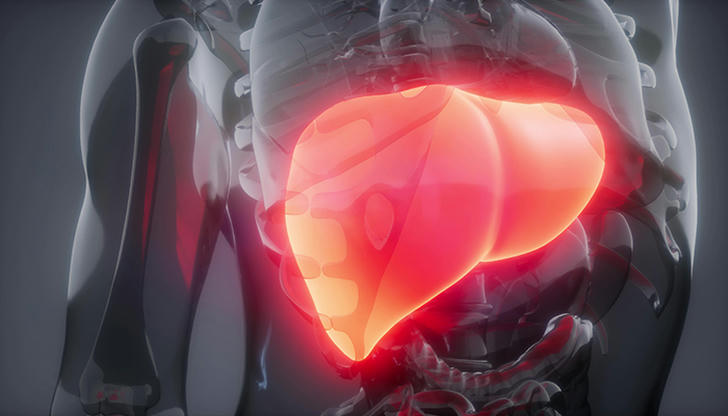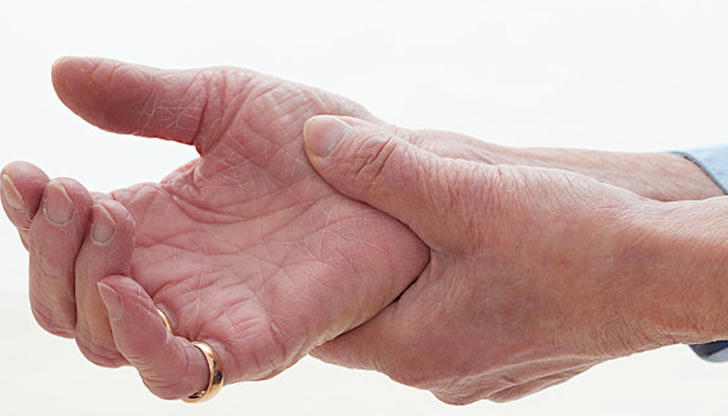Six Early Symptoms of Hepatitis
Advertisement

Liver disease refers to lesions that occur in the liver. Including hepatitis A, hepatitis B, hepatitis C, cirrhosis, fatty liver, liver cancer, alcoholic liver and other liver diseases. It is a common and dangerous disease.
The liver is the largest digestive gland in our body, and it is the central station of energy metabolism in the body. The bile secreted by the liver can help us digest and synthesize protein from amino acids to provide energy to our body, so that we can have sufficient energy to complete the work we should do; it can also store and burn body fat. The liver is the storage organ of fat-soluble vitamins, which can oxidize, reduce and decompose toxins in the body, and devour bacteria accidentally eaten into the body. It is the largest detoxification organ in our body. The liver is an important organ that maintains our life activities.
The harm caused by hepatitis to the human body cannot be ignored. If it is not detected early, it may turn into chronic hepatitis. In addition, if hepatitis is not cured for a long time, it may deteriorate into other malignant liver diseases such as liver cirrhosis and liver cancer. To avoid these situations, it means that we need to detect hepatitis early, and we need to be aware of the early symptoms of hepatitis.
1. Loss of appetite

This is a symptom that most people with hepatitis have, especially those with jaundice. The liver is involved in all metabolic processes in the human body. Among them, bile secretion is one of the important functions, and bile salts in bile play an important role in the absorption and digestion of fat. After the patient suffers from hepatitis, the hepatitis virus induces massive destruction of liver cells, and the function of secreting bile is reduced, thus affecting the digestion of fat, so there will be anorexia, gastrointestinal congestion, edema, weakened peristalsis, gastrointestinal dysfunction and other symptoms. Then it will affect the patient's food digestion and absorption, it will also lead to the patient's loss of appetite, nausea and greasy acute viral hepatitis symptoms.
2. Low fever

In the early stage of hepatitis, there will also be a typical symptom: the body has an inexplicable fever. About half of the hepatitis patients have a body temperature between 38-39 degrees, but the fever of hepatitis patients basically lasts for about three days. It is not ruled out that a few of patients have fever for more than 4-5 days, so the symptom of fever is also easier to find.
3. Dark urine

The lifespan of red blood cells in the human body is 120 days. The destroyed red blood cells will release hemoglobin. After a series of catabolism, it turns into a yellow substance called bilirubin. Due to the destruction of liver cells caused by the hepatitis virus, the metabolism of bilirubin is affected, the amount of bilirubin entering the blood increases, and the excretion of bilirubin through the urine increases more than usual, so the urine color is darker. The yellower the color of the urine, the more severe the damage to the liver cells, and the urine color gradually returned to normal when the condition improved.
4. Fatigue

This is one of the early manifestations of hepatitis patients. Patients often do not know when the onset of the disease occurs, and their manifestations are not the same. The light patients do not like to exercise, the severe patients are bedridden, and they do not even want to wash their faces. Despite adequate rest, fatigue cannot be eliminated, and in severe cases, it seems that the limbs and the body are about to be separated. The main reasons for these symptoms are the lack of appetite and absorption disorders in hepatitis patients, resulting in insufficient energy in the human body; followed by the destruction of liver cells caused by the virus, which reduces the production and storage of glycogen in the liver; in addition, lack of vitamins, electrolyte imbalance and the destruction of liver cells causes the reduction of cholinesterase in the blood, which affects the normal function of nerves and muscles, resulting in indescribable general weakness.
5. Liver pain

In all patients with liver disease, liver discomfort and liver pain are specific symptoms of the disease. If such symptoms appear, it should be highly suspected that the liver disease is caused, but trauma factors should be excluded first. Normal people occasionally experience liver discomfort, but it is rare. Liver pain and discomfort are often related to hepatomegaly compressing the liver capsule, and as the disease progresses, the hepatomegaly increases or decreases.
6. Liver palm and spider nevus

It is clinically found that many patients with liver disease will have liver palms, spider nevus, and liver disease faces, which are more common in patients with liver cirrhosis. Liver palms are also occasionally seen in normal people, so judging the symptoms of liver disease cannot rely solely on liver palms and spider nevus as the basis for judgment.



